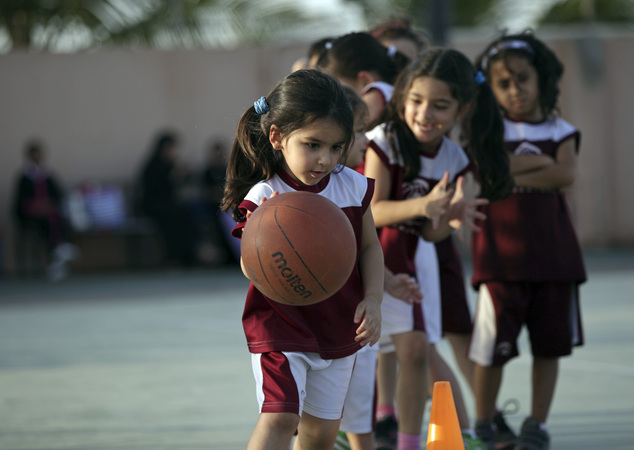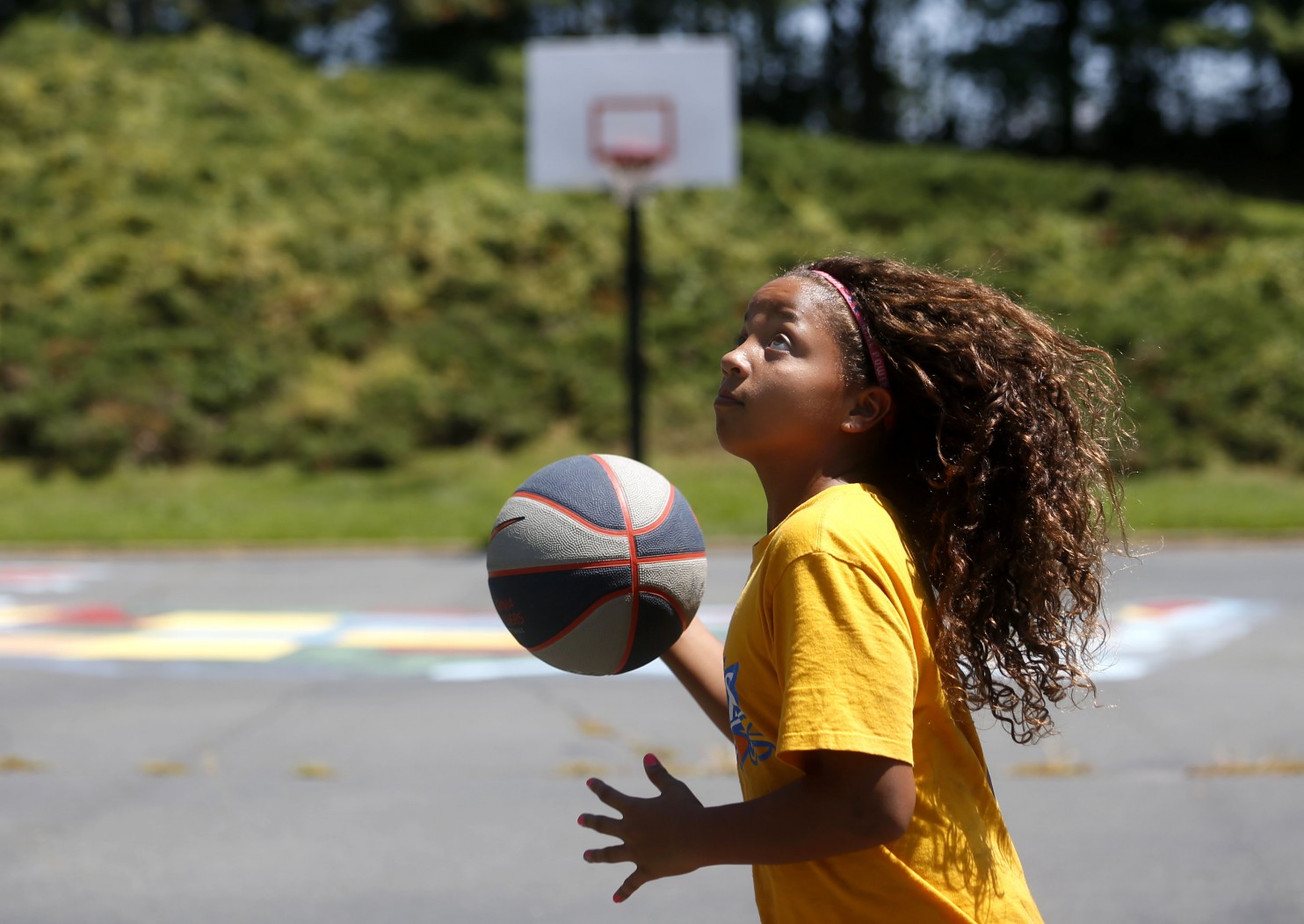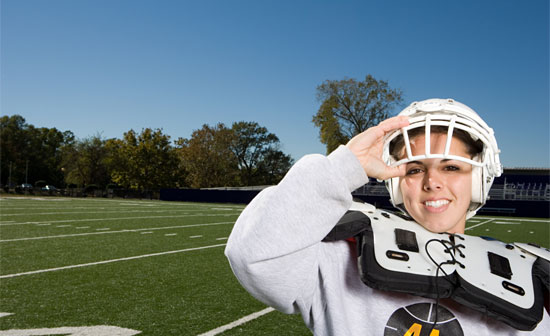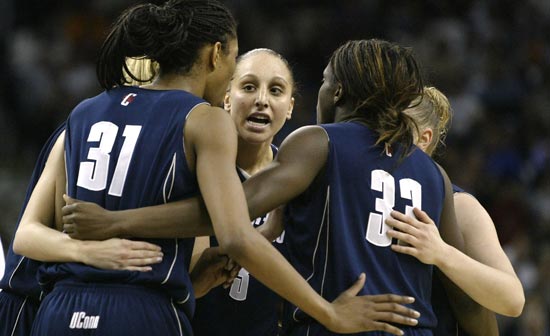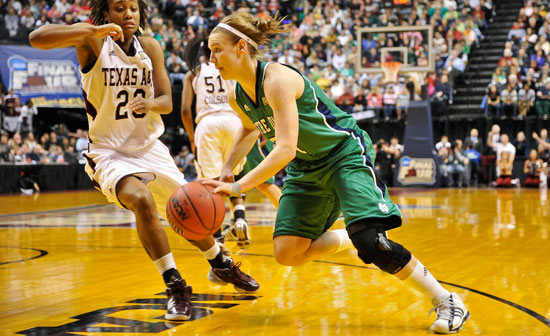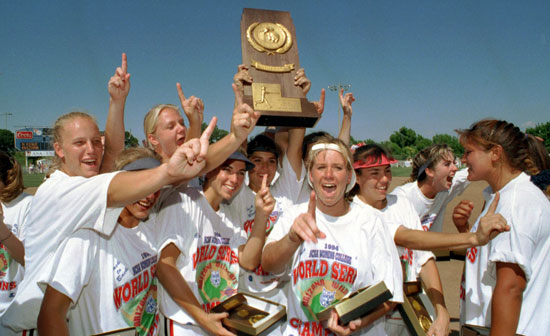She could feel the ground beneath her shaking. A loud eruption pierces the air as all of the fans in the crowd simultaneously stop stomping and jump to their feet in jubilation. She smiles, celebrating along with the crowd. The kicker trots out onto the field, surveys the distance and lines up. The ball travels through the air slowly, almost deciding its fate, but flies through the goal posts. The referees blow their whistles, signaling the end of the game and another victory. The bench clears and the football players gather around the kicker to start the celebration. The kicker’s helmet falls to the ground and her ponytail swings free.
Those were the memories of a happy mother watching her daughter play a sport she loved. Watching as young boys celebrated her daughter’s prowess as a kicker, not caring that she is a girl. However, those fun memories were short-lived.
In middle school, Kacy loved to play soccer and participated on the school’s football team. She and the boys played so well together they made it all the way to the state tournament. All the coaches in the county knew about Kacy and what she could do on the field, so it was only normal for them to be excited about the possibility of her continuing her dominance in high school. Sadly, neither she nor her mother could foresee the roadblocks to her future as a competitive football player.
Like many other parents, Kacy’s mother wanted her daughter to expand her educational experience; therefore she felt it necessary to move her daughter to a different school. She decided smaller class sizes and a curriculum that includes religion would be the best fit. Kacy started her high school career in a new town, new county and a new high school. However, the school was too small to have a football team, so Kacy tried out for another team.
She made the team and practiced with the team for two months and participated in a scrimmage. She loved it. The coaches on the team and in the league supported her playing on the team. However, during the team photo shoot, Kacy was told by her mother that the head of the league told her coach she could no longer play with the boys “because she is a girl.”
Kacy and her mother were stunned. They were unable to understand why her daughter’s gender hindered her from playing football, especially since it was never a problem before with the athletes, coaches or parents.
Astounded by the information, Kacy’s mother contacted the Women’s Sports Foundation for help. The Advocacy Department explained that several federal and state laws prohibit sex discrimination in athletics, the very type of sex discrimination that Kacy encountered. We provided Kacy’s mother with several referrals to civil rights attorneys who could help her better understand Kacy’s rights and challenge her exclusion from the league.
Kacy’s situation is just one of many examples of female athletes being excluding from competition just because of their sex. The Foundation is poised to help athletes like Kacy challenge this unjust discrimination and get their opportunity to play.
Update! The Women’s Sports Foundation was informed that Kacy was reinstated to her football team. After months of waiting and hard work, all the efforts paid off for Kacy, her family and her teammates. Kacy has rejoined her team and is kicking field goals and extra points for the New Creation Center Crusaders. Read an in-depth article about the success from the Atlanta Journal Constitution.


